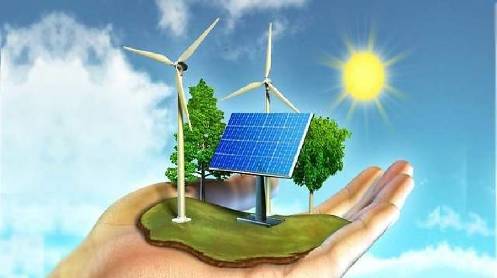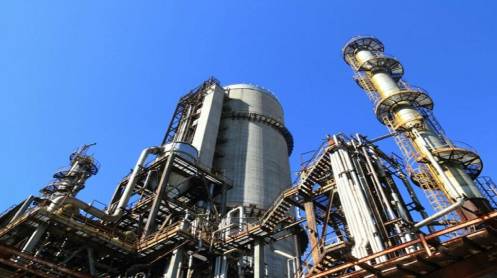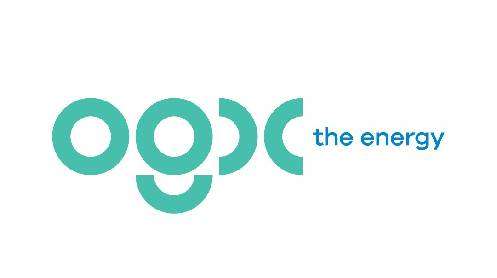Abu Dhabi, July 2025 – The global renewable energy sector witnessed record-breaking growth in 2024, but a stark regional divide threatens to undermine the equity of the green transition, according to Renewable Energy Statistics 2025 released by the International Renewable Energy Agency (IRENA).
Global renewable capacity surged by over 15%, adding 582 GW in 2024. However, Asia dominated the expansion, accounting for 71% of the total increase. Europe and North America followed with 12.3% and 7.8%, respectively, while Africa, Eurasia, Central America, and the Caribbean combined for just 2.8% of new capacity. Notably, Africa’s renewables growth was limited to a modest 7.2%, despite its vast potential.
“The renewables boom is reshaping energy systems and economies,” said IRENA Director-General Francesco La Camera. “But the growing regional gap shows the benefits are not being shared equally. Bridging this divide is essential for a just and inclusive energy future.”
Simon Stiell, Executive Secretary of UN Climate Change, echoed the urgency: “The global shift to renewables is inevitable, but we must go faster and ensure vulnerable countries are not left behind.”
Despite progress, the world is not on track to meet the COP28 goal of tripling renewables by 2030 to 11.2 TW. At the current pace, capacity will reach only 10.3 TW, falling short by 0.9 TW. To meet the target, annual growth must accelerate to 16.6%.
Solar and wind continue to lead the transition, making up 97.5% of 2024’s net additions—solar alone contributed 453 GW, while wind added 114 GW. Renewables now represent 46.2% of global installed power capacity, nearly matching fossil fuels at 47.3%.
Renewable electricity generation rose by 5.6% in 2023, reaching 8,928 TWh, while non-renewable output grew by only 1.2%. Renewables accounted for nearly 30% of global electricity production—a milestone in the race toward a sustainable, secure, and inclusive energy future.







